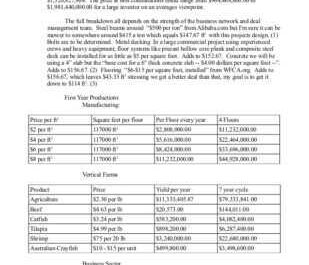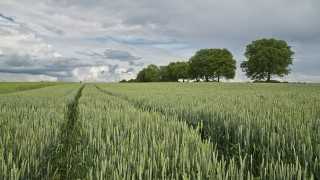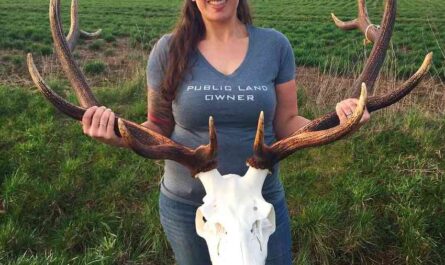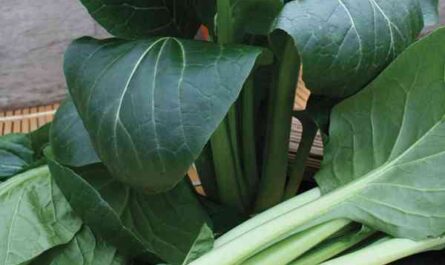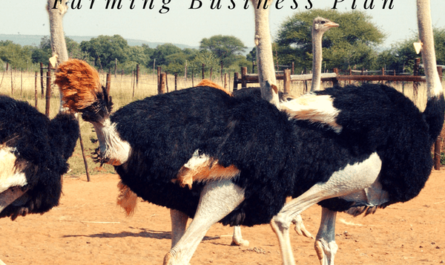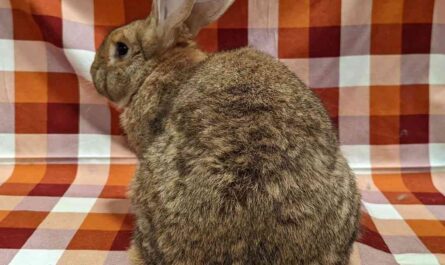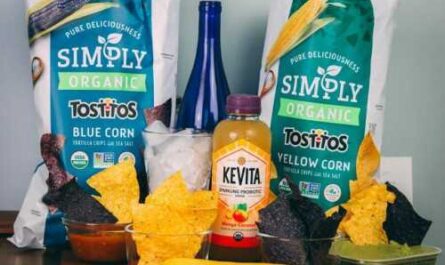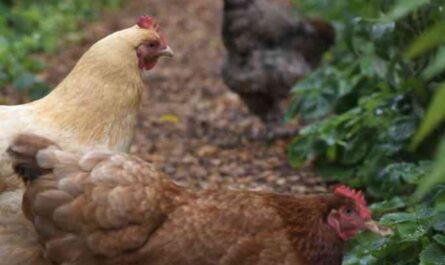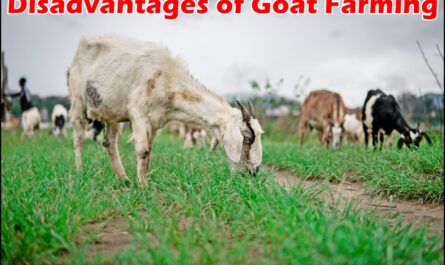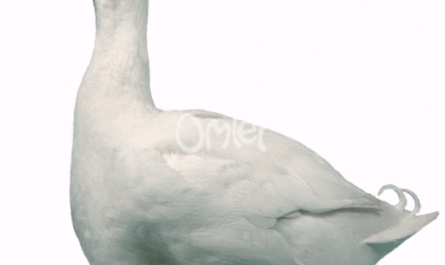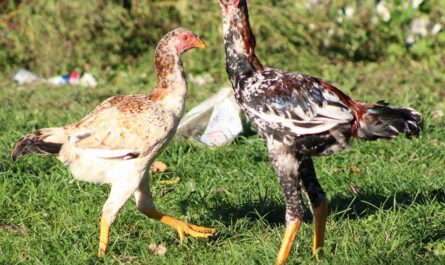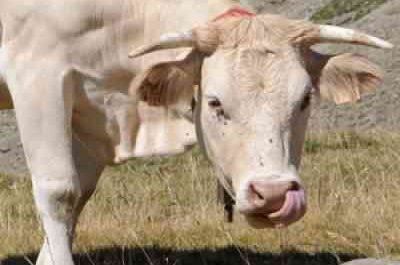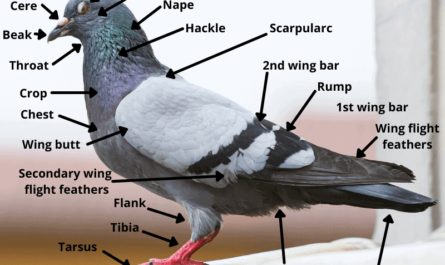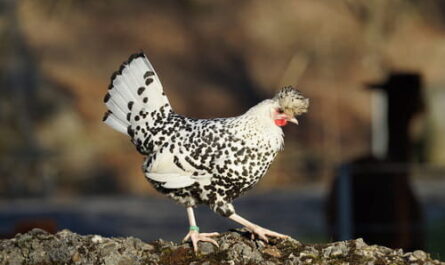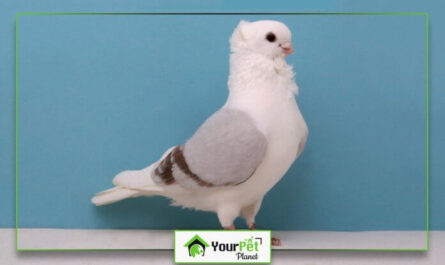Kenkata is a breed of cattle originating from India. It is native to the Bundelkhand provinces of Uttar Pradesh along the banks of the Ken River and the hilly Vindhyas Range in Madhya Pradesh.
Currently, the breed is distributed in Lalitpur, Hamirpur, Chitrkut and Banda districts of Uttar Pradesh and Tikamgarh district of Madhya Pradesh.
Kenkatha cattle are also known as kenwaria. They get their name from the Ken River, as they are grown on the banks of this small river. Read the features, uses, breed-specific notes, and full profile below.
Characteristics of Kenkatha Cattle
Kenkatha cattle are small, compact-bodied animals that come in various shades of gray and black. They have a short, broad head and a prominent forehead.
Bulls and cows usually have horns. Their horns protrude noticeably forward from the outer corners of the nape and end in pointed tips. Their back is straight, but the quarters droop.
Kenkatha cattle ears are pointed and do not fall out. Their feet are hard and their limbs are short but powerful.
Their sheaths are somewhat transparent, ending in a black tip, and the hump is well developed. They have moderately profuse dewlap. Their tail is medium length with a black arrow reaching the hocks.
The average height of animals at the withers is about 103 cm. Photos and information from ansi.okstate.edu and Wikipedia.
Advantages
Kenkatha cattle are primarily used as draft animals. But they are also good enough to produce milk for consumption by small families.
Special Notes
Kenkatha cattle are small in stature but strong and powerful. They are mainly used for traction purposes and are popular for light road traction and cultivation.
They are also known for their ability to survive in harsh environments and poor quality forage. They are mainly grown and maintained under an extensive management system. However, check out the full profile of this breed in the following table.
video
| Breed name | Kenkatha |
| another name | kenwaria |
| Purpose of the breed | Mainly draft, also milk |
| Special Notes | Active, very robust, high torque |
| Breed size | Little |
| climatic tolerance | native climate |
| coat color | gray and black |
| horned | Yes |
| milk production | Medium |
| scarcity | general |
| Country/place of origin | India |
